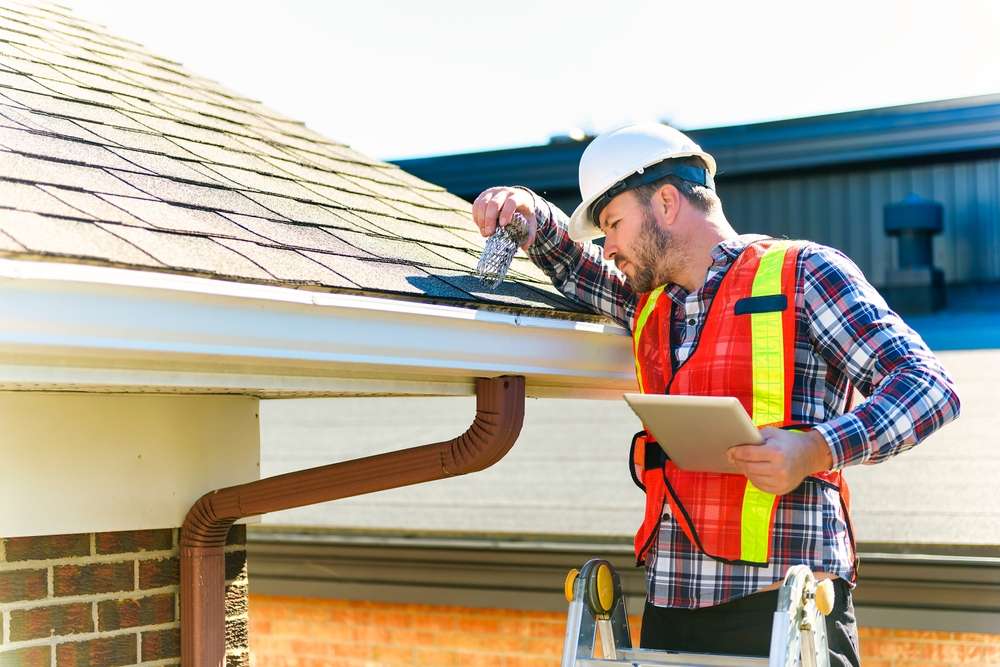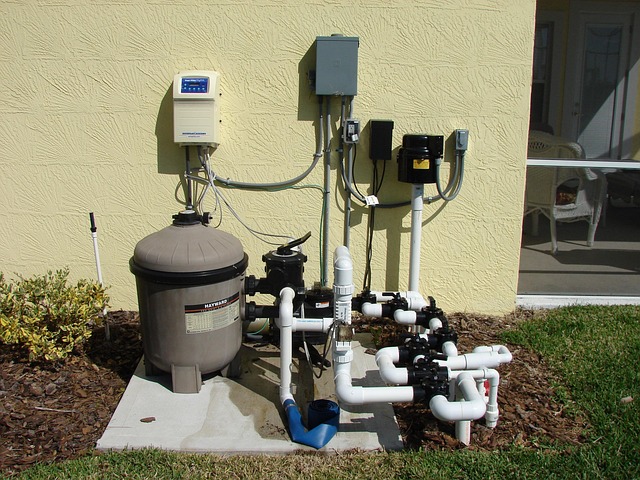Roofing Repair in the U.S.: Key Factors to Consider
Roofing repair in the United States addresses issues ranging from storm damage to aging materials. With diverse climates and construction styles across the country, repair services focus on restoring structural integrity, preventing leaks, and extending the lifespan of residential and commercial roofs.

Across the United States, roof problems escalate quickly when water reaches sheathing, insulation, or interior finishes. Small punctures around flashing or vents can channel surprising volumes of moisture during wind‑driven rain or snow melt, and damage often travels far from the visible stain. Effective planning focuses on diagnosis first, then a safe temporary dry‑in, followed by a permanent, code‑compliant repair that matches existing materials. Regional climate, from Gulf humidity to mountain snow loads, drives different failure patterns and material choices. Permits, manufacturer installation rules, and contractor credentials shape what remedies are acceptable and what warranties stay valid. Taking time to document conditions and verify the repair scope reduces repeat leaks, protects structural framing, and helps with insurance conversations after storms.
Roofing repair in the US: what really matters
Local codes and manufacturer requirements set the boundaries for what a proper fix looks like. Many U.S. jurisdictions adopt versions of the International Residential or Building Code, which may require permits, ice and water protection in cold zones, drip edge, or specific ventilation ratios. Climate guides material choices and details: coastal areas benefit from corrosion‑resistant fasteners and high‑wind nailing patterns, while snow regions emphasize ice dam control and adequate attic insulation. Matching like for like matters, too. Replacing shingles with the correct profile, exposure, and color blend avoids premature wear and noticeable patchwork. Underlayment type, flashing metals, and fastener length must all suit the deck thickness and slope. A repair that respects codes, climate, and manufacturer instructions stands a better chance of lasting through future seasons.
Roof leak repair: finding and fixing the source
Successful roof leak repair starts with tracing water to its origin rather than the visible stain. Inspect the attic or upper crawlspace for damp insulation, rusted nails, or daylight near penetrations. Common culprits include misaligned step flashing at sidewalls, cracked pipe boots, loose ridge caps, and compromised valley metal. On low‑slope roofs, look for ponding, open seams, blisters, or punctures from foot traffic. Temporary sealant or tape can limit damage for a short time, but durable solutions usually mean replacing damaged shingles, re‑flashing with correct laps, reseating or replacing boots, and restoring underlayment where saturated. Check gutters and downspouts for blockages that push water under edges. Finish with controlled water testing, starting low and moving upslope, to confirm the leak path is fully addressed.
Emergency roof repair: safety and triage
When severe weather creates sudden openings, prioritize safety and stabilization. Avoid climbing during lightning, high winds, or when the roof surface is wet or icy. Limit access under sagging ceilings and consider shutting off electricity near wet fixtures. A temporary dry‑in often involves a properly anchored tarp that extends over the ridge, secured with battens or cap nails at the top and sandbags or boards at the eaves, keeping fasteners out of the active leak area. Inside, collect water and protect belongings to reduce secondary damage. Document conditions with photos and notes. After immediate risks are controlled, schedule a full assessment to check decking, underlayment, and hidden moisture. Emergency roof repair buys time; it should be followed by a permanent, code‑compliant fix once conditions allow.
Storm damage roof repair: insurance and codes
Hail, wind, and falling debris create distinct damage patterns that require careful inspection. Hail can bruise asphalt shingles, dislodge granules, and crack mats; wind may lift tabs, break seals, and crease shingles; branches can puncture membranes or bend metal panels. After a storm, record dates, take clear photos, and prevent further intrusion with temporary coverings. Insurance claims typically require evidence of sudden, accidental loss, and some policies include code upgrade coverage that can affect repair scope. Local rules may mandate replacing entire slopes when repairs exceed certain thresholds or when matching is not feasible. Confirm fastening schedules, underlayment types, and ventilation meet code and the product specifications used in your area. Verify contractor licensing, liability coverage, and workers’ compensation to protect both the property and the project timeline.
Roof restoration USA: when is it suitable?
Roof restoration USA strategies can extend service life when the roof structure remains sound. On low‑slope systems such as EPDM, TPO, or modified bitumen, restoration may include cleaning, seam reinforcement, localized repairs, and application of an acrylic, silicone, or urethane coating tailored to ponding resistance and climate. Metal roofs may benefit from fastener replacement, panel re‑seating, and elastomeric coatings that seal seams and improve reflectivity. Restoration is not a cure for saturated insulation, rotten decking, or widespread mechanical damage, and asphalt shingle roofs rarely qualify beyond localized repairs. Moisture surveys and core samples on flat roofs help confirm suitability. When appropriate, restoration can reduce tear‑off waste, improve thermal performance with reflective finishes, and maintain certain warranties, provided preparation and product selection align with manufacturer guidance.
A thoughtful approach to roofing repair balances accurate diagnosis, safe temporary measures, and durable, code‑compliant solutions that reflect regional weather and roof type. Matching materials, verifying ventilation and drainage, and documenting conditions support lasting results and smoother insurance discussions after storms. Regular maintenance, including annual inspections, gutter cleaning, and trimming nearby trees, helps prevent small defects from turning into costly interior damage, regardless of location or season.



